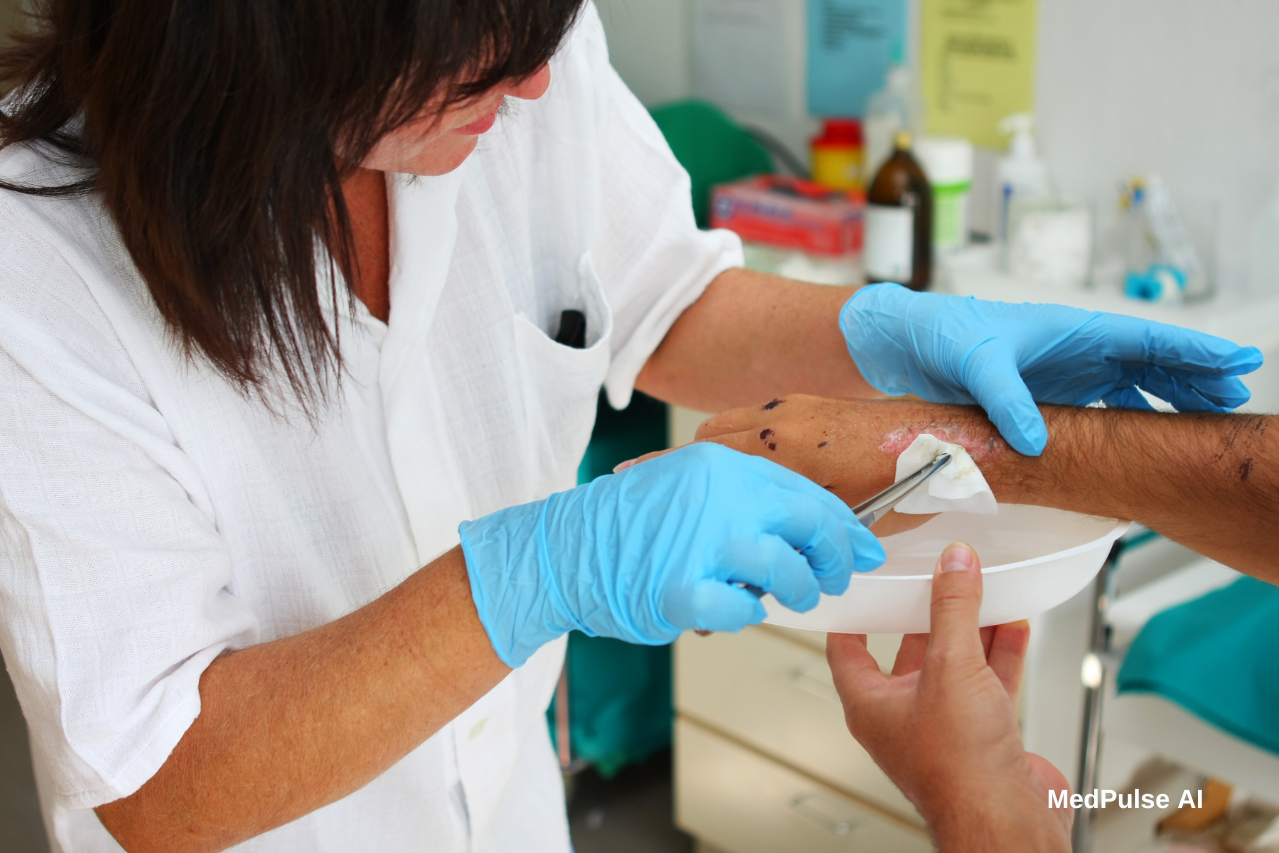“We are incredibly proud to be at the forefront of advancing the understanding of muscles and muscle health,” said Blemker. “Receiving FDA clearance is a significant validation of the technology we’ve dedicated years to developing and perfecting, leveraging advancements in AI and MRI technologies.”
MuscleView analyzes MRI data to produce 3D visualizations of musculature and provides detailed information on muscle health including individual muscle volume, left-right muscle asymmetry, bone volume and intramuscular fat percentage. This technology, developed from more than 13 years of research, makes precision medicine available across a wide range of sports medicine, orthopedics and therapeutic applications. The research that led to Springbok was funded in part by UVA’s Wallace H. Coulter Center for Translational Research.
Revolutionizing Muscle Health Assessment
Springbok Analytics, co-founded by University of Virginia biomedical engineering professors Silvia Salinas Blemker and Craig Meyer, MuscleView™ AI technology leverages advanced imaging technologies and machine learning algorithms to evaluate muscle quality and health. By providing precise and quantitative data, the tool aims to assist healthcare professionals in diagnosing conditions such as muscle wasting, sarcopenia, and other musculoskeletal disorders.
Traditional muscle assessments often rely on subjective measures and limited data, which can lead to inconsistencies in diagnosis and treatment planning. The AI tool addresses these challenges by offering objective and reproducible analyses, empowering clinicians with actionable insights.
FDA Clearance: A Milestone Achievement
Earning FDA clearance is no small feat. This regulatory approval signifies that the tool has met stringent safety and efficacy standards, paving the way for its use in clinical settings across the United States. With this clearance, the AI tool is positioned to transform how muscle health is evaluated, especially in aging populations and patients undergoing rehabilitation or treatment for chronic illnesses.
The Role of AI in Personalized Medicine
The tool exemplifies how AI is driving personalized medicine forward. By analyzing patient-specific data, it can tailor recommendations and monitor the progress of treatments. Such capabilities not only improve the precision of care but also enhance the patient experience by reducing guesswork in diagnostics and interventions.
Implications for Broader Healthcare Applications
While the immediate focus is on muscle health, the underlying technology has the potential for broader applications. AI-driven analysis can be adapted for various aspects of physical health, including cardiovascular and metabolic health assessments. This positions the tool as a pioneering step toward a more integrated and AI-augmented healthcare future.
What’s Next?
As the tool enters clinical practice, ongoing research will likely refine its capabilities and expand its use cases. Collaboration between biomedical engineers, clinicians, and AI specialists will be crucial in maximizing its impact and exploring new horizons in healthcare diagnostics.
Are you interested in learning more about AI healthcare? Subscribe to our newsletter, “PulsePoint,” for updates, insights, and trends on AI innovations in healthcare.




